MEMO,
In a recent report into the white phosphorous used by Israel in its 2008-9 assault on the Gaza Strip, Italian experts have warned of the adverse long term effects of the three thousand five hundred shells that were dropped indiscriminately. In particular, the report addresses the impact of this weapon, the use of which against civilians is prohibited under international law.
The immediate effects of white phosphorous on human beings are well documented. When white phosphorous explodes it burns at high temperatures until deprived of oxygen and when it lands on skin it will eat through muscle and into the bone. According to Amnesty International, during the war on Gaza, white phosphorous was the cause of horrific burns and suffocation which left dozens dead and wounded.
However, the effects of white phosphorous have been found to extend to agricultural land and produce. In regions in the East of the Gaza Strip, such as the vicinity of Mount Rais, trees growing in land hit by phosphorous shells have become noticeably yellow in color. Gaza's ministry of agriculture confirmed that after the end of the military operation, it endeavored to prevent farmers growing crops or grazing animals on agricultural that had been shelled. Similarly, it warned against using water from shelled wells. These actions emphasize the belief that Israel used shells containing toxic, carcinogenic and radioactive material which directly affect the environment and render areas hit by such shells, dangerous to human health and to animals.
Many agricultural areas used for cultivating herbs and plants that were hit by Israeli weapons are now barren, or the trees have dried up a lot. On land that was hit by more than one shell, the situation is worse. However, a few months after the war, other effects of these banned weapons started to become evident. New plants and emerging plant shoots began showing genetic mutations such as physical distortions and yellowing. Many farmers also complain of the stunted growth of their agricultural crops, tress erosion and falling branches. Produce has become small and the yield from harvests is low while the situation continues to worsen.
According to Dr. Birch Manduca, a specialist in genetics at the University of Genoa and a researcher on the Italian team that produced the report, an analysis of soil samples from 2005 and samples taken after the war show marked differences, and the significant increase in the concentration of heavy metals has been attributed to the effects of Israeli missiles. The team also analysed samples taken from four craters left by bomb shells; two from the Israeli attack on Beit Hanoun and the Jabaliya refugee camp in July 2006, and two from apple orchards hit in the recent war. Results from analyses show differences in each case, indicating, according to Manduca, that different missiles caused each crater. Thus, different types of missiles appear to have different effects on soil. An interaction between toxins from missiles such as the Alvesforp, with white phosphorous is thought to be the cause of the current catastrophe for Gaza's agricultural sector.
The team also found concentrations of the highly toxic metal Molybdenum at 25 to 3000 times normal levels. Molybdenum is rarely found in soil, it is lethal to sperm and adversely affects both fertility and unborn babies.
Based on the results found by Menduca and his team, great concern has been voiced over the enormous quantities of pollution in Gaza caused by Israeli missiles which impact on the medium and long term health of the population. The fact that weapons like white phosphorous shells were indiscriminately exploded in the air, including in densely populated residential areas, means that their poisons are widespread and may yet manifest unknown effects on Gaza's general population.
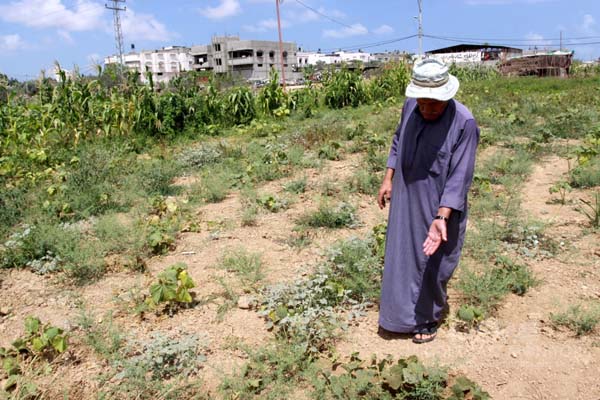
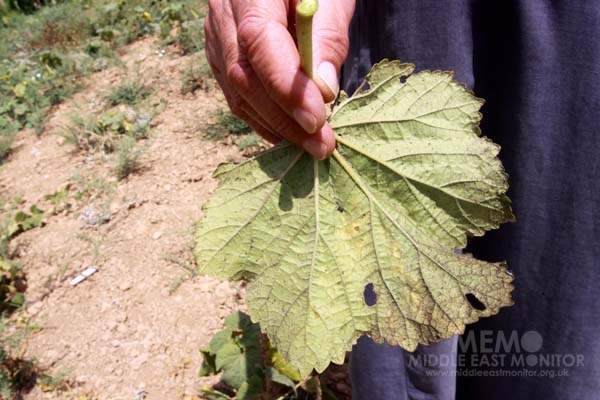
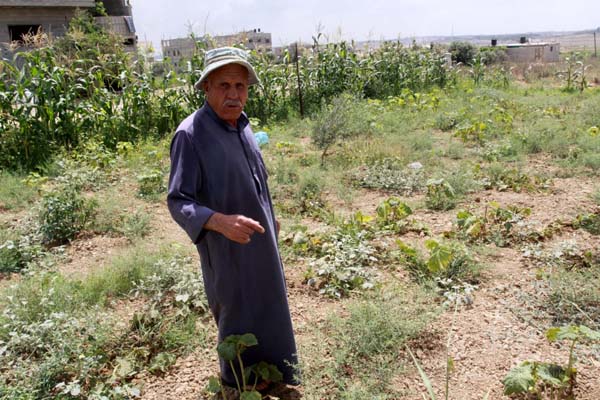
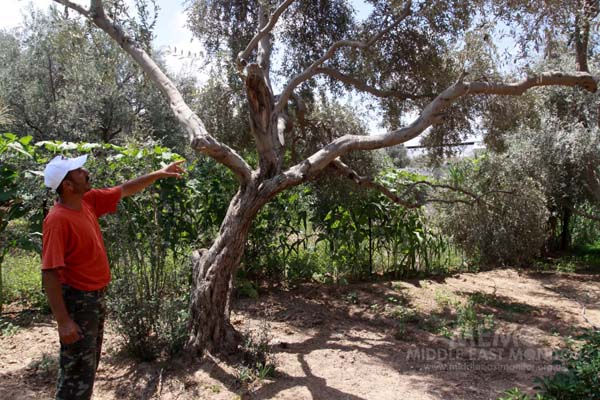


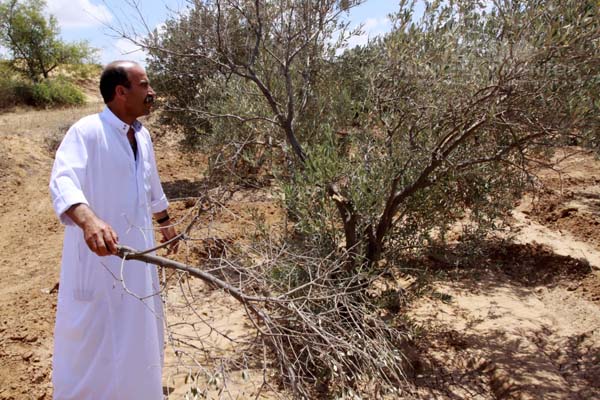
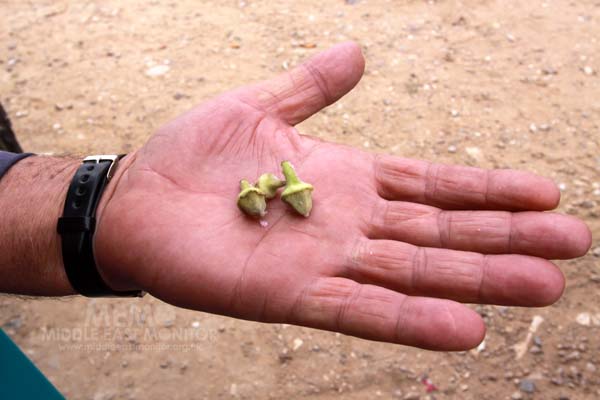
|

